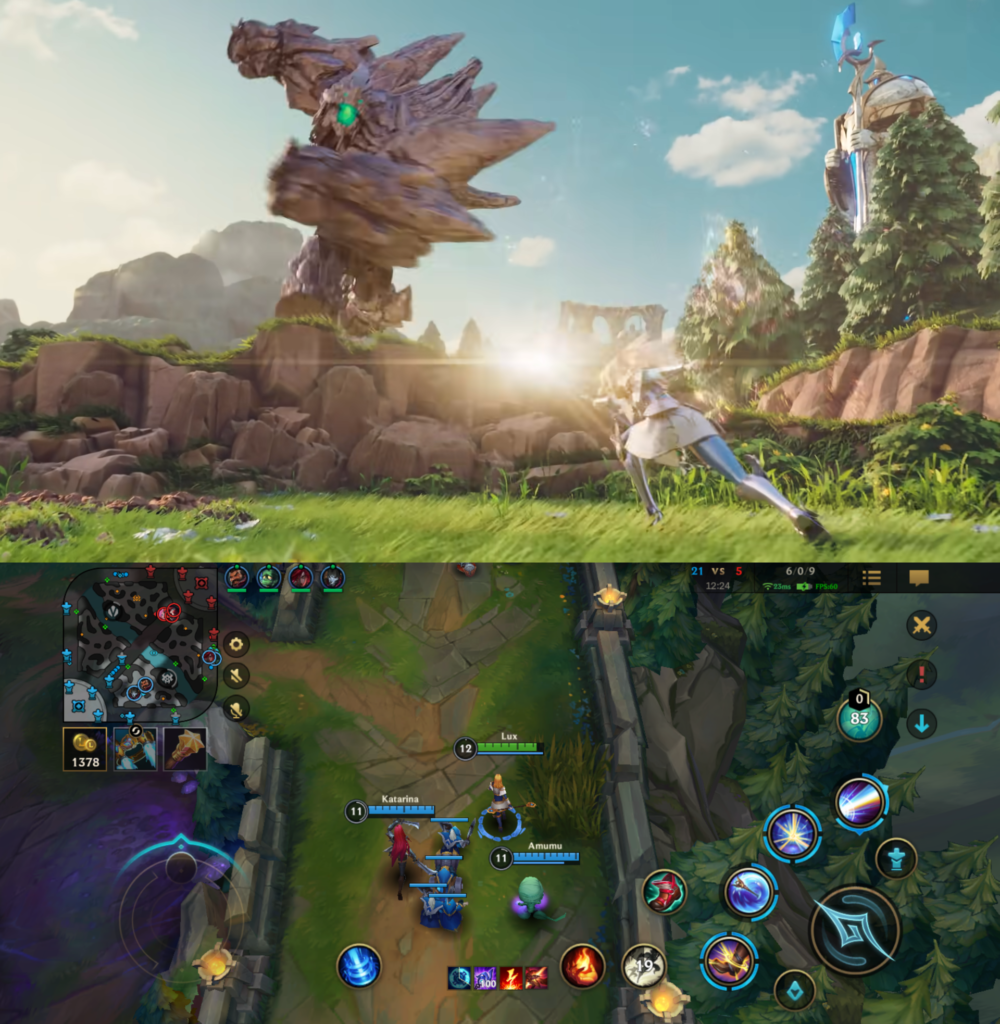Every summer video game publishers share their trailers of all the games we’ll be playing soon. It used to be concentrated at E3, but these days it’s the Summer Game Fest and other various connected events around the same time.
I often find myself a bit jaded by the flurry of pre-rendered cinematic trailers with no actual gameplay. Sure, the game looks good. Of course it looks good – it’s not the actual game, but a carefully curated pre-rendered cutscene. It almost feels like lying.
But is it actually lying? Could you actually get in trouble for your trailer looking too good?
Up in Armas about Yesterday
To start off, we’ll look at an ongoing case where trailers could get a studio in trouble. In December 2022, a district judge in California ruled that a class action lawsuit against Universal Studios could go forward.
The lawsuit centered around the promotion and trailer for the movie Yesterday in which actress Ana de Armas appears in the trailer, but never appeared in the actual film. Her character would have been part of a love triangle with characters played by Himesh Patel and Lily James, who do actually appear in the film.

However, de Armas’ character was ultimately cut from the final film for a variety of story reasons, despite appearing in the trailer for the movie. Fans of de Armas brought the class action suit under the theory that they would not have paid money to rent the film if they knew that de Armas did not appear in it.
The lawsuit was dismissed a year later, with the judge reasoning that “any injury the plaintiffs might have suffered from watching Yesterday was wholly self-inflicted”, especially in light of the plaintiffs bringing the lawsuit renting the movie again on Google Play after seeing that de Armas was listed as an actress on that service.
Are Trailers Protected by the First Amendment?
This raises some questions about artistic expression. Universal’s lawyers argued that the trailer was an “artistic, expressive work” and should therefore be considered “non-commercial” speech.
Commercial speech is any form of expression used to promote some type of commerce. This speech is less central to the functioning of democracy than other types of speech that the First Amendment protects. As such, it has historically been less protected under the First Amendment than noncommercial speech. However, the judge stated that “a trailer is an advertisement designed to sell a movie by providing consumers with a preview of the movie.”
Addressing the concerns that trailers would be stripped of all First Amendment protections, the judge in the case said that false advertising law applies only when a “significant portion” of “reasonable consumers” could be misled. In this case, it could apply because the trailer featured an actress who did not appear in the movie, leading viewers to expect de Armas to appear in the movie.
False Trailers in the Video Game Industry
If fans can sue a movie studio for including scenes or actors that don’t appear in the finished film, why are there not a ton of of lawsuits over the deluge of trailers featuring prerendered footage masquerading as gameplay?
While there are a few, though they often settle out of court, such as the case where Gearbox and Sega were sued over misleading promotion of Aliens: Colonial Marines, it is very difficult to show who was misled and who wasn’t. Did someone really make the decision to purchase Insomniac’s Spider-Man just because of those puddles that were in the E3 demo before the game’s final release that they now believe are gone?
A misleading advertisement must be material, and the representation, omission, or practice must be likely to mislead a reasonable consumer.
The Federal Trade Commission (FTC) governs false advertising, in addition to individual state consumer protection laws. Under the FTC’s guidelines, a misleading advertisement must be material, and the representation, omission, or practice must be likely to mislead a reasonable consumer. “Material” means it must be likely to affect the consumer’s conduct or decision with regard to a product or service.
Ironically, it is difficult to bring an action against a studio for false advertising in trailers exactly because there are so many false advertisements out there. A reasonable consumer would not be likely to think that this is what the finished product will look like because there are so many false promises in trailers already. Any legal action taken against a studio would likely fail because consumers know to expect trailers that don’t fully represent the final product.
Keeping Your Trailers Honest
Even though actions against a studio for false advertising in trailers are unlikely, it’s still good practice to be honest in your advertising, especially if you’re a small studio. Not only is a potential lawsuit expensive (if unlikely), but staying honest will tend to help your reputation with your potential customers and players.
With that in mind, there are a few things that you should do to avoid a false advertising claim because of your trailers.

Use Actual In-Game Footage on The Platform You Are Releasing On
In order to accurately represent the game’s graphics and gameplay, you should use footage from the actual game. If your game is being released on multiple platforms, you should be clear about which platform the footage is from to set expectations correctly. I think this trailer for Final Fantasy XVI is a great example because it states that it was recorded on PC despite being revealed at the Playstation 5 showcase event, meant to show off the new console. A reasonable consumer will see the trailer and understand that it is from the PC version.
If the trailer is for a specific platform, such as that specific console’s storefront, you should use footage from that platform (especially if the graphical quality or the interface differs between platforms) to avoid any misunderstanding.
Be Transparent About What is in Your Trailer
Yes, it’s pretty obvious when some trailers like this one for Hades II (which is already probably going to be my personal game of the year for 2023) use animated cinematics alongside gameplay what is and is not gameplay. Some other trailers aren’t so obvious about what is and is not gameplay.
You should be careful not to be intentionally deceptive in presenting pre rendered cinematics as though they are gameplay. Cinematic trailers are fine to show, just don’t lead players to believe that this is what the gameplay will look like. Don’t let people believe that your cinematics represent actual gameplay.
Sell Your Game’s Features, but Don’t Over Represent
If you’re advertising a feature in your game, it should actually be in the game, and work as well as a consumer would believe it to. This is particularly a problem in mobile games, where games such as Homescapes and Gardenscapes have had ads banned for being misleading about the actual gameplay. This applies to all of your promotion of your game.
If your advertising shows a player playing the game online through a cell network, your game should have netcode capable of playing on a cell network in ordinary conditions. If your trailer shows off a particular feature, it should be present and functional.
This can get particularly tricky if your game features additional paid DLC or other features that are featured in the trailer but that require additional purchase, though being transparent and clear about what is available in the game and what is additional content can keep you honest. Disclaimers can help there. It’s better to label something as requiring additional purchases than unintentionally mislead about what’s in the initial purchase.

Conclusion
In short, be honest when you make your trailer. Even if the actual risk of a legal action is very low, keeping these practices in mind will help keep a good reputation with customers, which is especially important in the small creator space.
By following these guidelines and generally being transparent about your game and its features, developers and publishers can help ensure that they don’t mislead consumers and that they remain compliant with relevant laws and regulations.

Leave a Reply